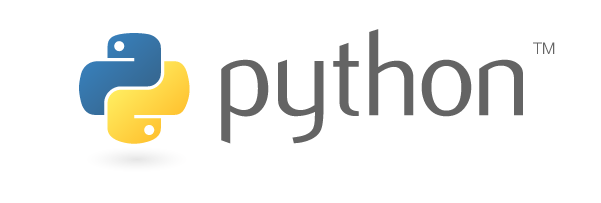How to download and install Python and Python packages
You may download Python from their offical webpage or follow NTNU Innsida's tutorial on how to acquire the newest version of Python, linked here.
To best utilize Python, you will also need to install some extra packages. The packages most used in this wiki are NumPy, SymPy and Matplotlib, all part of the SciPy ecosystem.
Recommended for installing packages: Python distributions provide the language itself along with the most commonly used packages and tools. These downloadable files require little configuration, work on almost all setups, and provide all the commonly used scientific python tools.
Anaconda works on Windows, Mac, and Linux and provides over 1,500 Python/R packages.
Install packages using pip
If you already have Python and pip installed on your system, you can install all the packages by typing the following command into the terminal of your preffered editor.
python -m pip install --user numpy scipy matplotlib ipython jupyter pandas sympy nose
However, if you don't have pip installed or are using an editor without an easily found terminal (e.g. MS Visual Studio), try SciPy's general installation instructions, or our step by step installation guides.
Install packages on macOS
macOS doesn’t have a preinstalled package manager, but there are a couple of popular package managers you can install.
For Python 3.5 with Macports , execute this command in a terminal:
sudo port install py35-numpy py35-scipy py35-matplotlib py35-ipython +notebook py35-pandas py35-sympy py35-nose
Getting started with Python
This wiki is (at the moment) based on that the users already have complete the course TDT4110 - Information Technology, Introduction or a similiar course. If not, or you just don't remember the basics of Python, a list of tutorials from beginner to expert is found at the offical Python webpage.
Some useful information when coding can also be found at Tips and tricks for coding.
